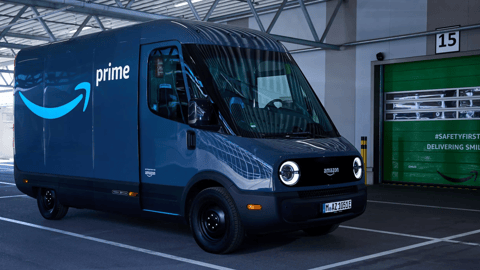Amazon using AI to improve sustainability of its buildings
Amazon is using proprietary artificial intelligence solutions to help ensure its buildings contribute to corporate net-zero carbon goals.
The online giant is helping its buildings conserve water and improve energy efficiency using AI-based tools built on its Amazon Web Services (AWS) hosted cloud platform.
[READ MORE: Amazon deploys carbon-free energy at night with AI]
This effort is part of Amazon’s Climate Pledge to operate more sustainably and be net zero carbon across its entire business by 2040. Amazon’s suite of AI-based tools that enhance the efficiency of its buildings and utility management systems include FlowMS, which tracks and traces water leaks.
In addition to FlowMS, Amazon built the Base Building Advanced Monitoring (BBAM) tool. It leverages the AWS machine learning tools Amazon SageMaker and Lambda to monitor the company’s HVAC systems.
This includes analyzing Amazon’s HVAC operational data, energy consumption, and local weather to determine anomalies in a system's behavior. The tool can also identify issues like clogged filters, which can cause compressors to consume more energy, and can determine if a site is consuming more energy than expected due to shifting weather patterns.
Amazon is also starting to deploy the BBAM tool at fulfillment centers and delivery site dock doors where trucks load and unload to alert employees when dock doors are accidentally left open.
According to Amazon, sites that have onboarded FlowMS and BBAM are seeing strong energy efficiency improvements. The company is using FlowMS and BBAM at 120 Amazon sites, and by the end of 2025, it aims to expand the tools to more than 300 buildings worldwide.
Advanced Refrigeration Monitoring (ARM) is another AI tool Amazon developed that monitors and analyzes refrigeration units in real time in its fulfillment centers and helps maintain optimal temperatures for perishable goods.
ARM analyzes the refrigeration units’ energy meters and complex data patterns to monitor product temperature levels and predict potential operational issues. For example, if a piece of equipment is malfunctioning or using excessive energy, ARM flags the issue in real time to associates via instant message and predicts which part of the equipment is involved.
Currently, Amazon is using ARM throughout its grocery network in North America and across Europe, and by the end of 2025, intends to expand rollout to more than 150 sites, including in India.
"At Amazon, we’re innovating with AI to help us find new ways to decarbonize even faster, including inventing new solutions that continue to make our buildings more energy- and water-efficient," said Kara Hurst, Amazon’s chief sustainability officer.







